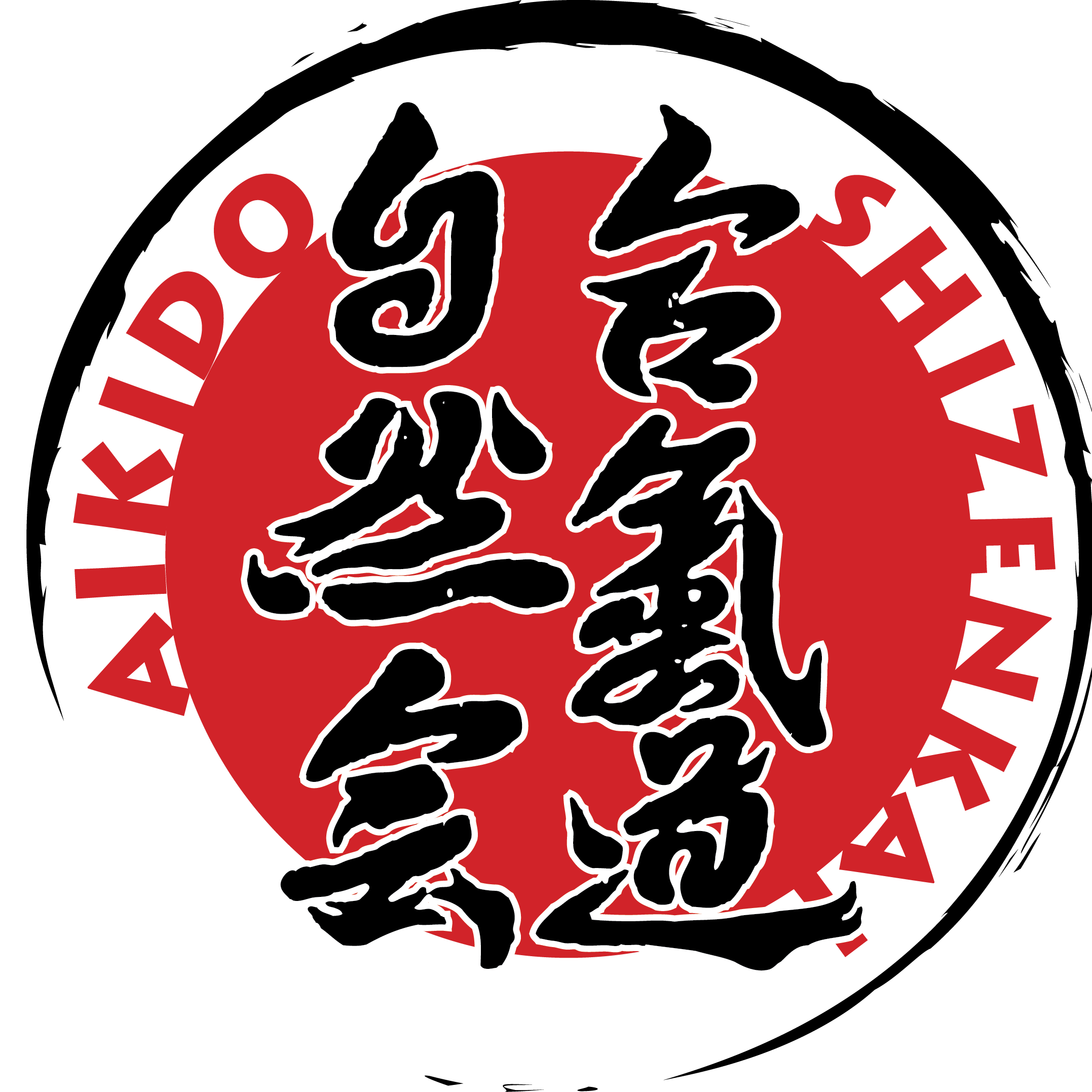Our Teachers
Typically there are three criteria that a student should consider when looking at studying a martial art. Lineage can be an indicator both of philosophical approach–we tend to emulate and build out what our teachers give us, as well as authenticity, or how many layers a transmission has gone through before you are receiving it. Tracing our lineage begins with Charlie Ii, our sensei in Aikido.
Charlie Ii
Charles Ii was born in Honolulu, Hawaii in 1937. After graduation from high school and time in the U.S. Army, Charlie began to study Aikido with Yukio Noguchi. Captivated by the art, Ii practiced at least five to seven hours daily, six days a week, in addition to holding down a full-time and part-time jobs.
After five years of studying with Noguchi, Ii moved to work at the photographic laboratory at the U. S. Army Kwajalein Atoll Facility in the Marshall Islands. With Sensei Noguchi’s blessings, Ii taught aikido for ten years at Kwajalein. During this period he organized several events that brought together practitioners of many martial arts to share their common knowledge and to learn from their differences.
When Ii Sensei retired from Kwajalein, he and his wife, Carolyn moved to Northern California where he continued to teach aikido at the Nibukikan Dojo in Chico, CA. In 1981 the Ii family moved again, this time to Ridgecrest, CA. There Ii worked at the Naval Weapons Center, China Lake, and taught aikido at his own dojo and at the city recreation center (Kerr McGee Center) until they moved to Palo Cedro, CA in August 1999. Charlie borrowed techniques from other styles he studied, including Judo, Wado-ryu, soft style kung fu and Tai Chi.
Yukio Noguchi
Yukio Noguchi was born on January 4, 1927 in Kumamoto, Japan and started learning kendo from Mr. Chutaro Ogawa when he was only nine years old. When he was fifteen years of age, he also began studying judo under Tatsukuma Ushijima, sumo with Mr. Akutsuzawa and Mr. Sadogatake, and Shigin (a traditional Japanese form of male singing) from Ryukuson Watanabe. When he was seventeen years old, he began the study of karate from Mr. Neichu Soo. By the time Noguchi was nineteen years old, he had attained his yon dan in judo, as well as status as an assistant instructor.
In the early 1950s, Noguchi was the all Kanto Region Judo Champion. It was around this time that he met with Gozo Shioda and began training in Yoshinkan Aikido. Eventually, he would teach Aikido at the Yokohama YMCA, for Yokohama’s special task police force, and at the Yokosuka naval base. Noguchi visited Hawaii and fell in love with the islands. He brought his family back to Hawaii and opened an aikido dojo there in 1963. He founded Aikido Shizenkai of America in 1980. Yukio Noguchi passed away in 1999 at the age of 71.
Our style
To understand our style you have to know a bit about Aikido and where it originated from. There are many sites out there and a number of books about the founder of Aikido, Morihei Ueshiba, or OSensei (great teacher). A good reference to start with is the Wikipedia listing. The history of Aikido is often broken up as the Daitō-ryū/Aikibudo period, pre-war and post-war styles. Essentially, and this is a broad brush on the history, Osensei studied Daitō-ryū Aiki-jūjutsu around the early 1900’s. That style is the foundation for what would eventually become Aikido. So, Aikido is derived from an older school form of jujutsu. During the 1930’s Gozo Shioda began studying with Osensei. After the war Shioda sensei continued teaching what became known as Yoshinkan Aikido– so named after his father’s Judo dojo. Yoshinkan is often referred to as a “hard-style” of Aikido. They are known for their solid stance work and crisp technique. You can read more about Shioda sensei and Yoshinkan here.
Us
This brings us to the present day and the dojo in Anderson. Ii sensei taught us late into the night and early on weekend mornings. Ii sensei was forever patient, oftentimes shaking his head at us and chiding us when we struggled to understand a technique, laughing at us when we would ask to see something over, and over again. To us, Ii sensei was the embodiment of refined movement, free of constraint but with an attention to angles, balance, and “shin” or spirit. Today, we make every effort to stay true to his ideals and teachings. Bill and I balance our teaching with our experience in other arts, most notably Dan Zan Ryu Jujitsu, jo, sword, Gung Fu, and Philipeano stick arts, which we incorporate at times into our teachings. We train and teach as Charlie taught us, with patience but with an eye to detail and emphasis on strong basics. We dress in the traditional uniform of the Judo gi and hakama…but, our spirit is definitely one of friendly camaraderie and support.
We welcome you to come by and join our family.
